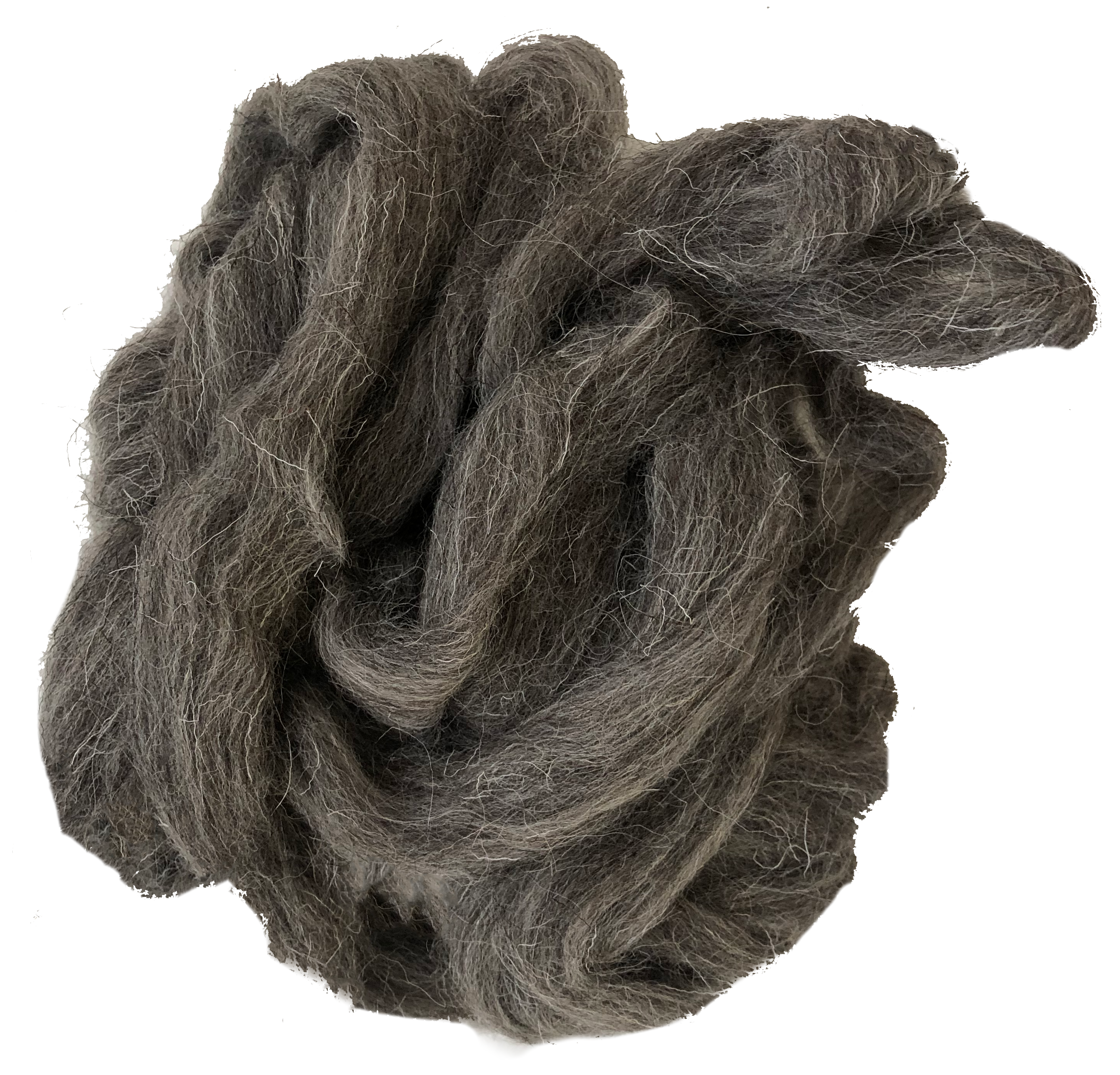
Cheviot sheep produce wool with a helical crimp. They are also great mothers.
The goal of this project is to educate sheep and textile lovers on the processes, histories, and animals involved in creating wool products, from sheep to loom.
In Navajo wool products like yarn and tapestries, wool often comes from churro, merino, rambouillet, suffolk, southdown, hampshire, cheviot, corriedale, lincoln, columbia, montedale, and shropshire sheep.
Many of these sheep can be seen on the home page of this website project, a sheep’s guide to wool. I painted each sheep I learned about as a daily practice and an attempt to understand the different kinds of wool worn by each sheep.
While researching these sheep, I was also embarking on a tapestry project of my own, inspired by indigenous weaving and textile artists. I started with raw, unwashed wool, and was determined to create my own tapestry through carding, spinning, building my own loom, then weaving it all together.

Clara Sherman, Navajo textile artist, with her tapestry
When wool is just removed from a sheep, it is called fleece. After it is washed and processed, it becomes roving. Below are two examples of roving that I used to spin yarn.

roving from a corriedale sheep

roving from a herdwick sheep